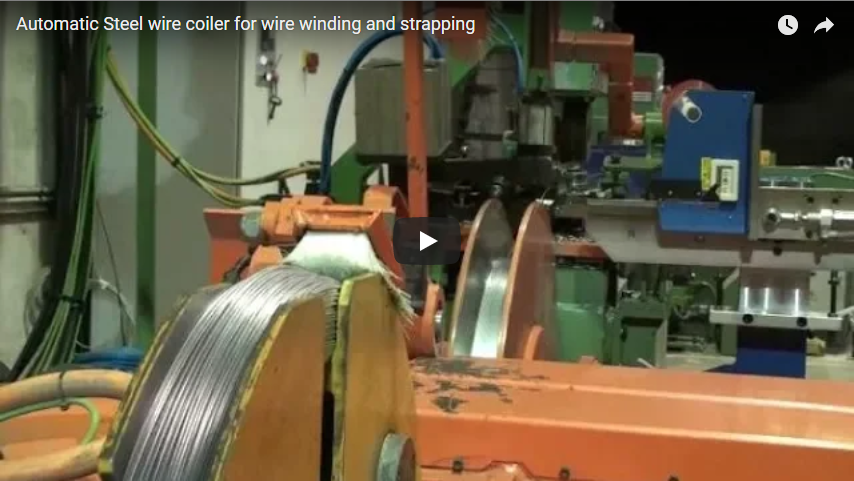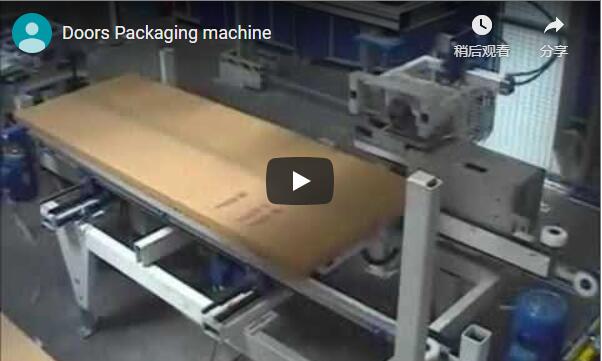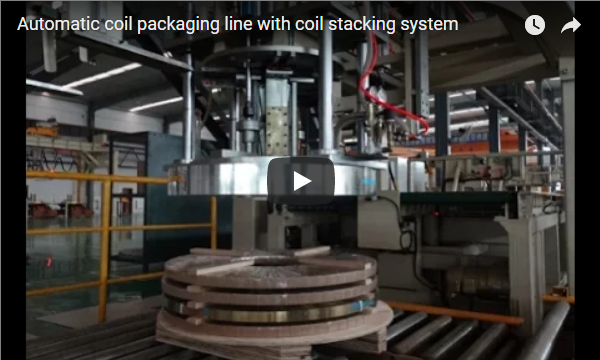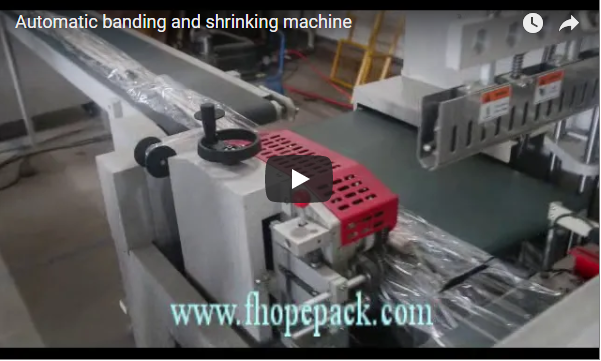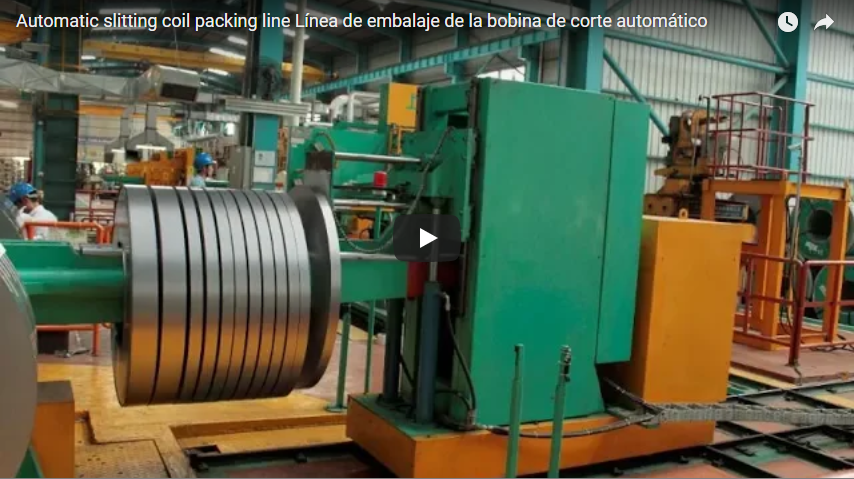Engineering Analysis: Automated Lumber Bundle Strapping and Packing Lines
The efficient and secure packaging of lumber bundles presents significant logistical challenges within the wood products industry. Factors such as variable bundle dimensions, high weight, and the need for package integrity during transport necessitate robust automation solutions. This analysis delves into the design and operational principles of modern automatic lumber bundle strapping lines, like the system offered by FHOPE, examining the underlying technologies and their impact on productivity and cost-effectiveness, referencing advancements often detailed in industry publications and patent literature.
System Architecture and Core Components
Automated lumber strapping lines represent a complex integration of material handling, strapping technology, and control systems. A typical high-throughput system comprises several key subsystems:
1. Automated Infeed and Conveying System
Precision handling is paramount. Systems typically utilize heavy-duty chain or roller conveyors designed to withstand the abrasive nature of lumber.
- Positioning: Advanced sensor arrays (photoelectric, laser, or vision systems) detect bundle presence and dimensions, ensuring accurate positioning for subsequent operations. Research in sensor fusion often contributes to improved accuracy in variable conditions.
- Alignment: Pneumatic or servo-driven side pushers or centering devices square the bundle before strapping, critical for strap placement accuracy and load stability. Patent filings often focus on novel mechanisms for gentle yet firm bundle alignment.
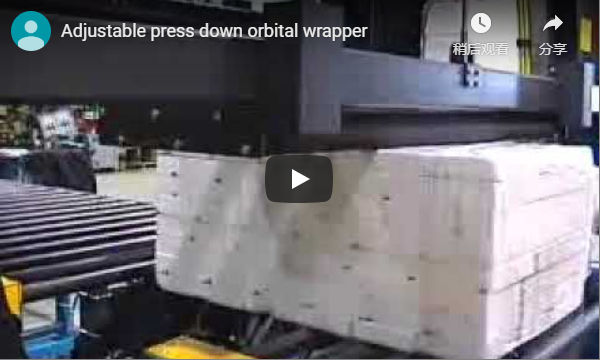
2. High-Performance Strapping Heads
The core of the system lies in the automatic strapping heads. Modern designs emphasize speed, reliability, and strap joint efficiency.
- Strap Feed and Tensioning: Mechanisms must handle Polypropylene (PP) or high-strength Polyester (PET) straps. Servo-driven tensioning systems provide precise, adjustable tension control, crucial for preventing lumber damage while ensuring bundle security. Developments highlighted in trade magazines like Packaging World often showcase improvements in tension consistency.
- Sealing Technology: Friction-weld sealing is prevalent, offering a strong, reliable joint without metal seals. Innovations, often patented, focus on optimizing weld parameters (time, pressure, friction amplitude) for maximum joint strength and energy efficiency. Heat sealing remains an alternative for specific applications.
- Cycle Speed: High-speed heads capable of completing a strap cycle (feed, tension, seal, cut) in seconds are essential for meeting production targets.
Learn more about Automatic Strapping Machine technologies
3. Integrated Control Systems (PLC & HMI)
Sophistication in control architecture differentiates modern lines.
- PLC Control: Programmable Logic Controllers (PLCs) orchestrate the entire sequence, managing conveyor speeds, sensor inputs, pusher actuation, and strapping head functions. Robust programming ensures seamless interaction between subsystems.
- HMI Interface: User-friendly Human-Machine Interfaces (HMIs), typically touchscreen panels, allow operators to monitor status, adjust parameters (e.g., strap tension, number of straps per bundle), select recipes for different bundle sizes, and troubleshoot errors. Connectivity features enabling remote diagnostics and data logging align with Industry 4.0 principles often discussed in publications like Control Engineering.
4. Quality Assurance Mechanisms
Ensuring package integrity is vital.
- Strap Presence Detection: Sensors confirm successful strap application.
- Tension Monitoring: Advanced systems may incorporate load cells or motor current monitoring to verify correct tension application.
- Fault Detection: The control system logs errors such as strap misfeeds or failed welds, alerting operators immediately.
Design Considerations for Lumber Industry Applications
Designing machinery for lumber mills requires specific considerations:
- Robustness: Components must withstand dust, vibration, and potential impacts. Heavy-gauge steel construction and sealed bearings are common.
- Maintainability: Ease of access for routine maintenance (e.g., strap coil changes, head cleaning) is critical to minimize downtime. Modular designs facilitate quicker component replacement.
- Safety: Comprehensive guarding, emergency stop circuits, and light curtains are essential safety features, adhering to international standards (e.g., ISO 13849).
Performance Metrics and Economic Justification
The implementation of automated strapping lines yields quantifiable benefits:
- Increased Throughput: Automation dramatically increases the number of bundles processed per hour compared to manual or semi-automatic methods.
- Reduced Labor Costs: Significantly lowers manpower requirements for the packaging process, leading to substantial operational cost savings and faster ROI.
- Consistent Package Quality: Automated systems apply straps with consistent placement and tension, improving load stability and reducing product damage during shipping.
- Material Optimization: Precise tension control can prevent over-tensioning, potentially allowing for the use of optimized strap specifications.
Representative Technical Specifications
While varying by specific model and configuration, typical parameters include:
- Bundle Size Range (L x W x H): e.g., 1000-6000mm x 500-1200mm x 500-1200mm
- Conveyor Speed: e.g., 10-20 meters/minute (variable)
- Strapping Cycle Time: e.g., 10-20 seconds per strap (depending on bundle size and head type)
- Strap Type: PP or PET
- Strap Width: e.g., 12mm, 16mm, 19mm
- Tension Range: e.g., 200 - 4500 N (Adjustable)
- Control System: PLC (e.g., Siemens, Allen-Bradley) with Touchscreen HMI
Conclusion
Automatic lumber bundle strapping packing lines, exemplified by systems from manufacturers like FHOPE, represent a significant engineering achievement in industrial automation. By integrating robust material handling, high-performance strapping technology derived from ongoing research and patented innovations, and sophisticated PLC controls, these systems deliver major improvements in efficiency, consistency, and safety for the lumber industry. Their adoption is crucial for manufacturers seeking to optimize operations, reduce costs, and meet the increasing demands of the global timber market.

